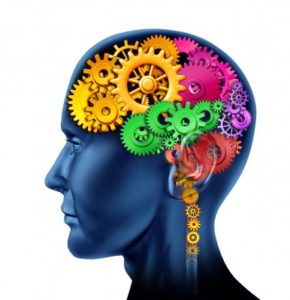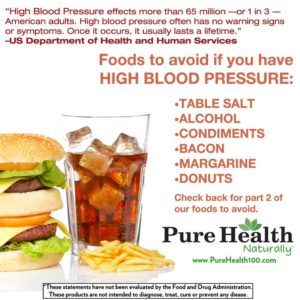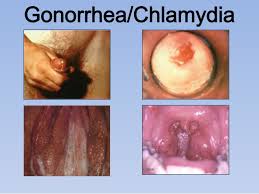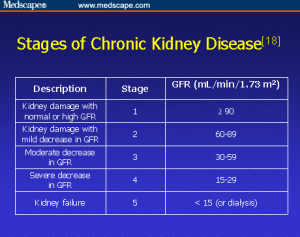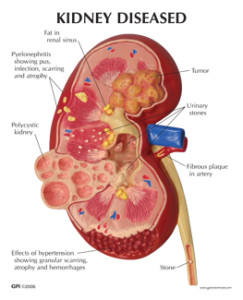First let us look at the functions the brain has in its operations:
–Memory
Memory is probably the easiest of the cognitive domains to understand. Memory is the process through which new information about our world is encoded, stored and later retrieved by our brain cells. The ability to remember new facts and new ways of doing things is not only key to our ability to maintain independent lives, our memories are what individualizes each and everyone of us. Our personal memories of past experiences and of family and friends are valuable treasures. Sadly, these treasures are often lost or become tarnished as we age and in tragic cases, with the onset of dementia. For this reason alone, it is necessary that we continue to exercise and activate the neural networks that form our memories. It is also important that we continue to find new strategies and tools to help us form new memories.
–Focus
We live in a world of instant communication and sometimes the demands of work and family can become unbearable and seemingly never-ending. When we become mentally fatigued or over burdened we can lose our ability to prioritize, our ability to identify important information and our ability to stay on task. At home, at the office and at school, we are constantly pulled in multiple directions at the same time and losing focus and concentration can result in us failing to meet our obligations. In addition to providing our brains with the rest and relaxation it needs to operate at its best, it is also important that we engage in brain exercises that can improve our ‘mental endurance’, focus and concentration.
It is also important that we exercise this cognitive domain to find new strategies to overcome specific challenges such as ADD/ADHD. You need to provide your brain with the best and newest brain fitness tools that will improve your concentration and strengthen your mental endurance. Which can be done through games and exercises that will engage your brain and sharpen your focus and teach you new ways to stop wasting time. With stronger concentration skills, improved attention to detail, and sharper focus you can expect to live life with less confusion, less stress and a greater feeling of mental clarity. Strengthening your focus is a surefire way to improve your performance at work or at school.
–Word Skills
Language is the highly evolved human skill that enables us to effectively communicate our thoughts and emotions with the rest of the world. Language is what allows us to grow as people, to share ideas with others and to form the social bonds that bring true value and meaning to our lives. And the fabulous fact about our word skills and capacity for language is that we can continue to improve these skills over the course of our lives.
Unfortunately, on the other side of the coin is fact that our spoken and written word skills can degrade over time with out practice. I’m sure we can all remember a time during conversation when we found ourselves dumbfounded and embarrassed as we struggled to find a word stuck on the tip of our tongue. Or maybe we can remember a time when we mis-used or mis-spelled a fancy word in an important email. As we grow, it is important that we continue to expand our vocabulary, improve our language comprehension skills and find new ways to make our words mean more to the people in our lives.
You can do this through fun and effective brain fitness games and tools to help them continue to grow their capacity for language. Improving word-skills with brain fitness games and exercises is a sure fire way to increase your verbal communication confidence and reduce social anxiety.
– Coordination
From the moment we wake up in the morning until we fall asleep at night, we humans are constantly on the move! And for most of us, our ability to make purposeful, timely and accurate movements is often taken for granted as we go about our day. But the truth is that our ability to perform the seemingly infinite number of goal directed movements we make is the result of our brain precisely detecting sensory information from the world around us and integrating it with our internal motivations to accurately execute the appropriate motor commands that tell our muscles how to move.
Unfortunately, as we age, this process becomes more difficult and moving about the world can become more challenging than it once was before. For most of us, our senses tend to dull, our reaction times become a bit slower and seemingly simple motor tasks such as writing, driving our car and moving about to enjoy the things we love to do can become more difficult. For this reason, it is important that we not only exercise our muscles to maintain strength and flexibility to stay mobile, but that we also exercise the areas of our brain that are involved in coordinating our movements.
You need to provide yourself with fun and challenging brain fitness tools that will help improve your sensory perception, manual dexterity, spatial awareness and precision of movement. By doing you can continue to make the most of your independent lifestyle.
– Critical Thinking
Critical thought can also be referred to as our brain’s ‘executive function’. And as such, we can think of our critical thinking skills, as the analysis tools used by the CEO of our brain.
Critical thinking skills are the tools we use to objectively analyze information, recognize patterns, follow logical rules, strategize, and solve problems. It is also the brain function that provides us with the ability to form the complex chronological and spatial plans we use to navigate our lives. Everyday we use our critical thinking skills to objectively analyze the world we live and thrive as individuals.
Along with Language, higher order critical thinking skills are what separate us humans from the rest of the Animal Kingdom. And anatomically speaking, the parts of our brain that allows us to think critically reside in the most highly evolved parts of our brain, the frontal and temporal lobes of the cortex. Sadly, it is most often our critical thinking skills that decline with age-related dementia. Our critical thinking skills also need to be fostered at an early age and throughout our lives in order for our brains to operate at their best.
Fortunately, research investigating the phenomenon of neuroplasticity has taught us that we can actually change the way our brains are wired. By engaging in intellectually stimulating activities and by taking on cognitive challenges we actually have the ability to strengthen our critical thinking skills and improve our executive function. But if we want to enhance our critical thinking skills globally, it is important that we exercise our executive functions individually and as a whole. For example, it is important to engage in a variety of different brain exercise designed to improve deductive reasoning, logical reasoning, pattern recognition skill, strategic decision-making skill and the efficiency of our brain’s ability to process information.
By taking a ‘whole- body approach’ and incorporating brain fitness into your daily routines you will be making the lifestyle changes needed to sharpen your minds and reduce your risk of dementia.
Since the human brain peaks in size at about age 20 and then starts to shrink, you might think that by age 70 or 80, you’d be lucky to remember your name. The good news is that memory loss is not inevitable. “There are examples of people who have lived to 123 years of age who died with completely intact memories and no evidence of neuropathology,” said Sam Gandy, MD, PhD, director of the Center for Cognitive Health at The Mount Sinai Medical Center in New York City.
